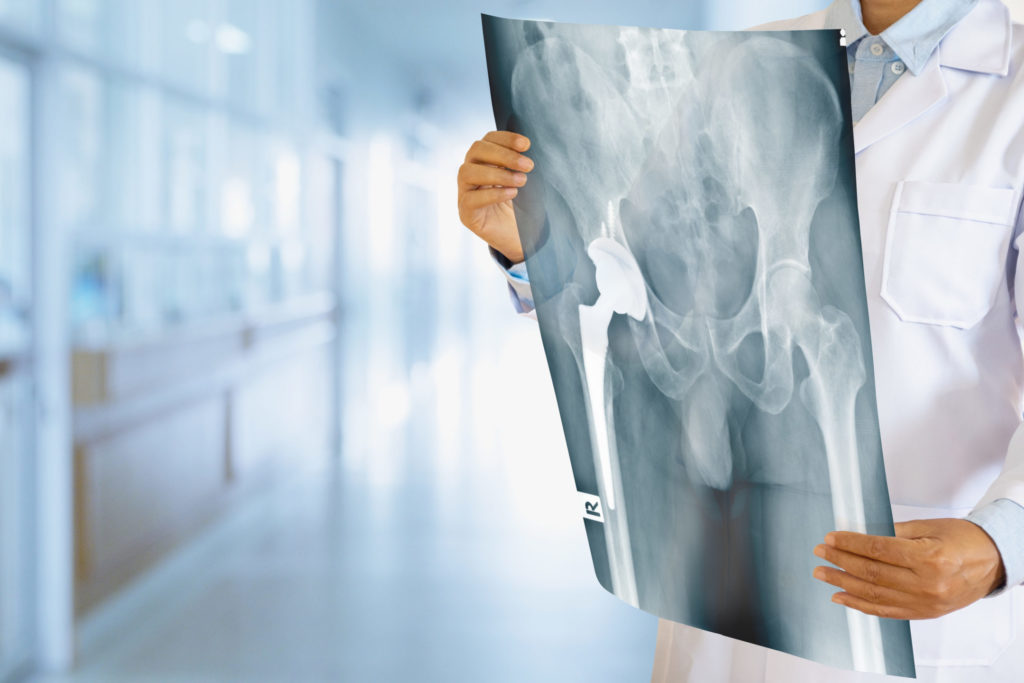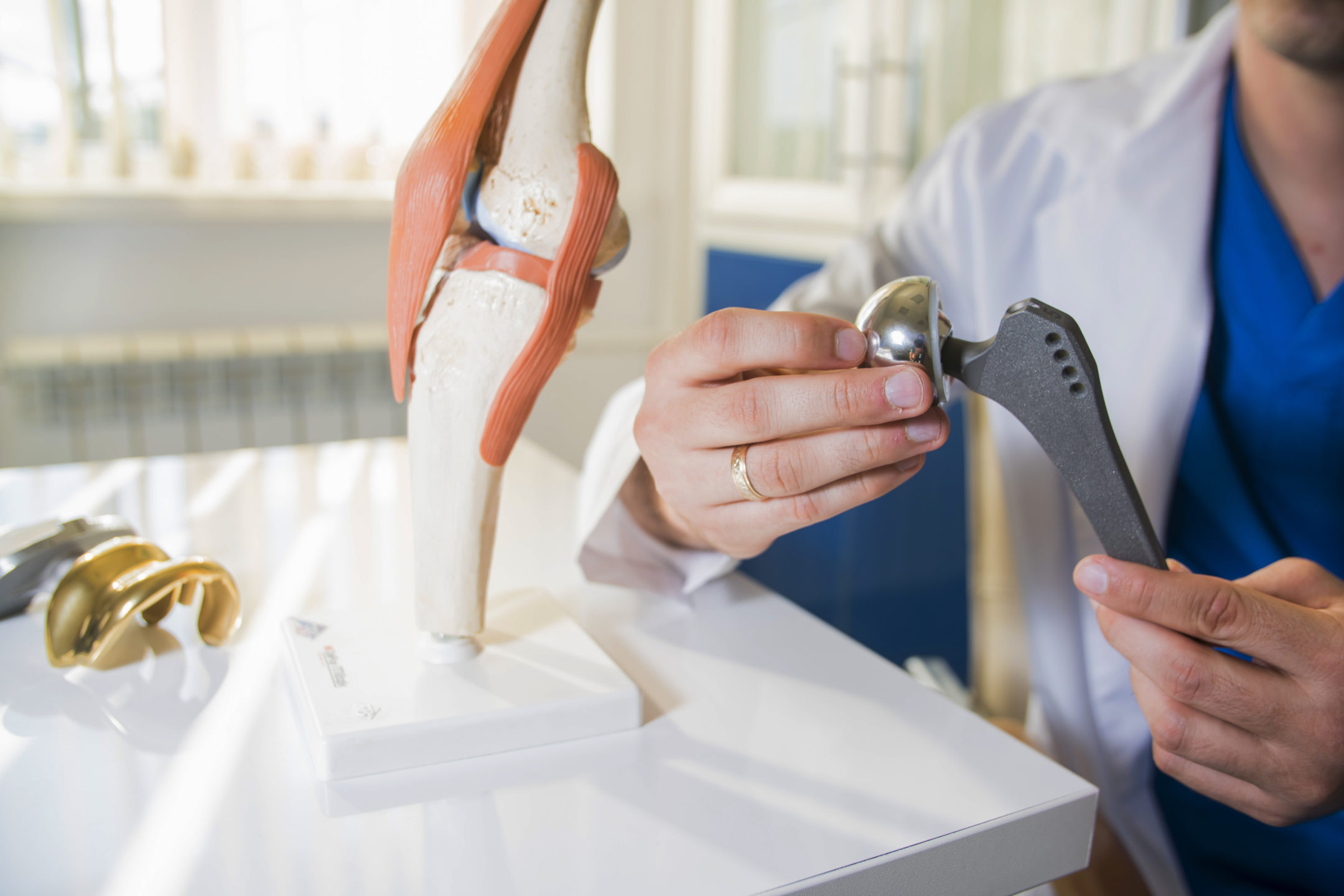Access your own patient portal, provided by NCSH.
Orthopedics
Total Hip Replacement - What You Need to Know
Mon, Apr 25, 2022

A total hip replacement has helped hundreds of thousands of people regain mobility and the ability to be active with less pain. Before taking the step to get a new hip joint, learn more about the procedure, recovery times, and who can benefit.
About Complete Hip Replacement
A hip replacement is a surgical procedure that removes parts of the hip joint and replaces them with synthetic components. The surgery is also known as total hip arthroplasty. The details of the surgery vary depending on the patient’s needs and the artificial joint used, but generally, it involves:

- Removing the head of the femur (upper leg bone)
- Replacing the femoral head with a stem and ball attached to the femur
- Removing damaged cartilage from the inside of the hip socket and inserting a liner
- Placing a spacer between the artificial femoral head and the socket liner
Who Needs Hip Replacement Surgery?
More than 450,000 people receive total hip replacements in the U.S. every year, and it has one of the highest success rates of any surgery. You might need a hip replacement if joint pain and stiffness significantly limit your mobility and activity level and don’t respond to medications or other interventions.

The most common conditions that lead to hip replacement are arthritis and osteonecrosis, disrupted flow to the joint bones that results in tissue death.
How Long Does Hip Replacement Surgery Take?
Even a full joint replacement surgery only takes a few hours and sometimes as little as one or two hours to complete. The surgeon removes damaged tissue and replaces it with artificial joint components.
Recovering from Hip Replacement Surgery
Hip replacement recovery time varies by individual. Expect to be in the hospital for a day or two, longer if you have complications or risk factors.
Once home, you will need some assistance with many daily tasks. It could take days to weeks to become safely independent. After several weeks, you will meet with the surgeon to determine if you are ready to resume normal activities.
What Are the Risks of Hip Replacement?
Any surgery includes risks, but these are often worth the benefits of the procedure. All surgeries include the risk of developing a blood clot or infection. Fractures are also a potential complication whenever surgeons work on joints.

There are also risks associated with an artificial hip, including dislocation of the new hip, loosening in the joint, wearing of the new joint, and nerve damage.
Certain types of surgeries reduce these risks. The Makoplasty system, for instance, is robotic and allows surgeons to place artificial joints more accurately and preserve more bone tissue. This reduces the risk of the joint slipping, loosening, or becoming dislocated later on.
If hip pain and lack of mobility interfere with your activity level, independence, and quality of life, it’s time to talk to a specialist about your options. Ask a doctor about surgery at North Carolina Specialty Hospital.
RELATED NEWS

What Are 2 Warning Signs of a Rotator Cuff Tear?
Do you have sharp pain or weakness in your shoulder? They could be warning signs of a rotator cuff tear. NCSH explains what you must know and do.
Continue Reading

Pinched Nerve in Your Shoulder? 6 Treatment Options
A pinched nerve in the shoulder occurs when there is increased pressure or compression on one of the nerves in the area, resulting in pain, numbness, or tingling in the shoulder, as well as potentially…
Continue Reading
Stay Current
Educational Articles & More
View News & Press
